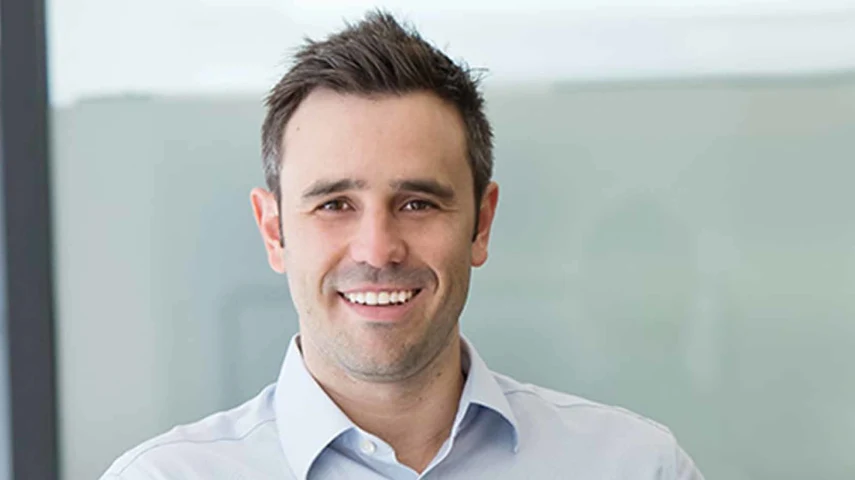Advisers leading the charge in ETFs’ explosive growth



The Australian exchange-traded fund (ETF) market could climb to $800 billion in assets under management (AUM) by 2034, with financial advisers underpinning this growth.
New analysis conducted by Stockspot has projected Australian ETFs to reach $500 billion in AUM by June 2029, marking a 20 per cent annual growth rate.
This presents similarities with Canada, the firm noted, where its own ETF market has more than doubled from $200 billion in 2019 to $500 billion by 2024.
“The Australian ETF market is on track for explosive growth. If these trends continue, we could see the Australian ETF market soar to $800 billion by 2034,” commented Chris Brycki, Stockspot founder and CEO.
The projections are in line with recent forecasts from EY, which expects the Australian ETF industry to hit $230 billion by the end of the 2024 calendar year, and $500 billion in the next five years.
Speaking further with Money Management, Brycki recognised the vital role financial advisers play in driving the ETF market’s significant growth.
“ETFs are rapidly gaining popularity in Australia, with advisers playing a key role in this growth particularly following the Royal Commission into Banking Misconduct and the banning of stamping fees for listed investment companies (LICs),” the CEO described.
“Ultimately, advisers are discovering that ETFs provide a more transparent, low-cost investment solution that aligns with their clients’ long-term wealth accumulation goals. This strategy allows advisers to focus on delivering value to their clients in areas outside of traditional investment management.”
Brycki also recognised the growing investor preference for ETFs over active funds and individual shares, which is now reflected in many advisers’ client strategies.
“Traditionally advisers have relied on active management and stock-picking, but many are now incorporating ETFs into their clients’ portfolios for their low cost, diversification, simplicity, and transparency. This shift reflects a broader trend in the investment landscape, where ETFs are increasingly favoured over individual shares and actively managed funds, especially as data reveals that most active managers find it challenging to outperform their benchmarks.”
He referenced Stockspot research which uncovered that global fund managers have underperformed index ETFs by an average of 6.3 per cent per annum over the past five years.
Earlier this month, Vanguard found that despite a surge in active ETF listings, more than 85 per cent of assets are going into index-tracking funds.
Out of a total $17.5 billion added since the start of 2024, some $15 billion has flowed into index funds. The remainder of the flows was largely reflective of the conversion of an unlisted actively managed fund into an ETF product which added $2.5 billion.
“When you look at the monthly data and break down the investor cash flows into passive (index) ETFs versus cash flows into active products, you can see that index-tracking funds have been taking the lion’s share of inflows over a long period of time,” said Adam DeSanctis, Vanguard’s head of ETF Capital Markets, Asia-Pacific.
Recommended for you
BlackRock has revealed that its iShares bitcoin ETF suite has now become the firm’s most profitable product line following the launch of its Australian bitcoin ETF last month.
Betashares has expanded its fixed income range with the launch of its Australian credit income ETF, offering income-focused investors an alternative to direct hybrids.
Morningstar has become the latest research house to express concern about private credit funds, suggesting it is conducting further checks before handing out a fund rating.
Real estate fund manager Centuria Capital has acquired Arrow Funds Management, a specialist agriculture fund manager.











